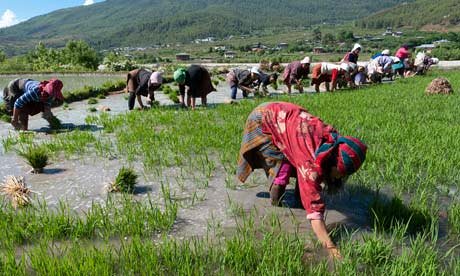The report “Global Biofertilizer Market 2016-2020” estimates that global bio fertilizer market will grow at a CAGR of 13.90 percent by 2020 thanks to increasing penetration of bio fertilizers in agriculture, rising demand for organic products and availability of affordable bio fertilizer products to consumers. Bio fertilizers are produced by using organic wastes such as struvite and compost, acting as substitute for chemical-based fertilizers.
The study found that most of the growth can be attributed to the affordability of bio fertilizers, whose prices are currently rather low, as well as an increased focus on the sustainability of farming, rising government’s support and environmental regulations. A major growth driver is also excessive application of agrochemicals on crops, which leads to soil contamination and other environmental hazards. In addition to being an eco-friendly option, the product also helps to maintain soil and crop health.
The study also found that the main inhibitors to the world’s bio fertilizer market are high initial investment costs, poor performance of earlier bio fertilizers, and low awareness about benefits of using bio fertilizers. Nitrogen-fixing, phosphate-solubilizing and potash-mobilizing are currently key bio fertilizer types. Nitrogen-fixing bio fertilizer market is expected to grow at 13.25 percent till 2020 while the global phosphate-solubilizing bio fertilizer market is expected to grow at a rate of 20.75 percent till 2020 and maintain its market share position even in 2020.
In terms of geographies, North America is the world’s leader in bio fertilizer industry, whose market is poised to grow by 16.65 percent till 2020. North America is followed by Europe and Asia-Pacific, which are expected to grow at the rates of 14.90 and 11.40 percent, respectively. In the EU and the US, the bio fertilizer industry is moreover being helped by favorable regulatory environment. In the EU, bio fertilizers are also promoted by the block’s “Common Agricultural Policy” that provides up to 30 percent of the budget as direct green payment to farmers complying with sustainable agricultural practices.




